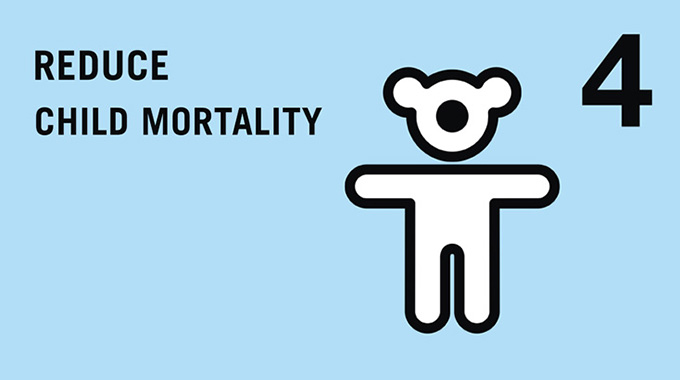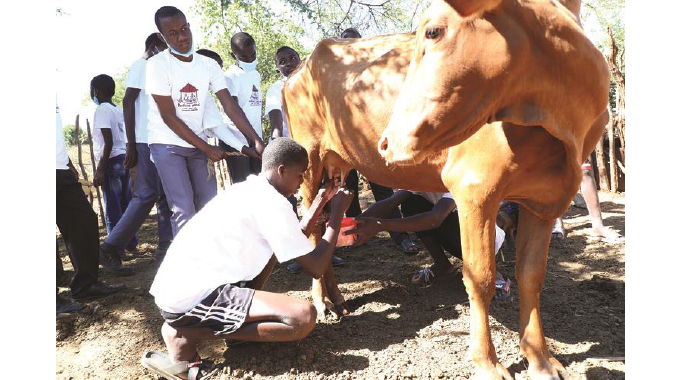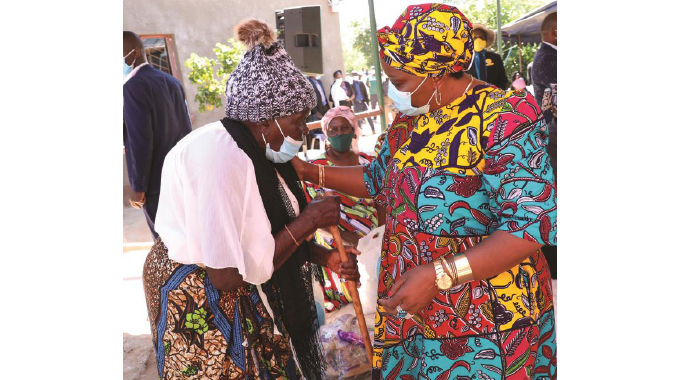Bindura reduces mortality rate

Fungai Lupande
Mash Central Bureau
Bindura Hospital has recorded a significant reduction in the maternal mortality rate by 86 percent following an increase in midwives from 35 in 2010 to 61 to improve health care services.
Medical superintendent Dr Budirirai Gwagwa said the hospital has scored major achievements after maternal mortality rate fell from 22/10 000 to 3/10 000.
The hospital has recorded an average 4 800 deliveries per year.
Dr Gwagwa added that public private partnership support had seen the hospital receiving medical equipment, medicines and sundries from various organisations including UNFPA and HTF.
“The St Catherine Rwodzi Cancer Trust has adopted our neonatal unit. Freda Rebecca Gold Mine has drilled a borehole to improve access to clean water,” he said.
“Bindura Nickel Mine has assisted with fuel and medicines. Local members of Parliament and faith based organisations have assisted with biomedical equipment, medicines, fuel and food.
“We have managed to install a solar system in the maternity department and a one stop centre for gender based violence opened its doors,” said Dr Gwagwa.
The hospital has established a functional accident and emergency with assistance from the South Korean Government.
The hospital has recruited two obstetricians and a gynaecologist, one orthopaedic surgeon, one general surgeon and one ophthalmologist.
“This human capital will impact positively and add value to the quality of care to our clients. We cut down referrals to central hospitals, reducing costs to our clients,” he said.
“Unfortunately the specialist doesn’t have institutional accommodation because the hospital doesn’t have accommodation and they commute from Harare.”
The hospital received $211 million budgetary support from the Government for the 2021 fiscal year.
The hospital started as a small semi-detached house around 1937 and was later partitioned into two sections John Appleby Memorial Hall (which is the current maternity wing) providing health services to the white community while the other wing provided services to indigenous black community.
The hospital is now a tertiary referral hospital for eight districts in the province with a bed capacity of 120 and an average occupancy rate of 60-70 percent.








Comments